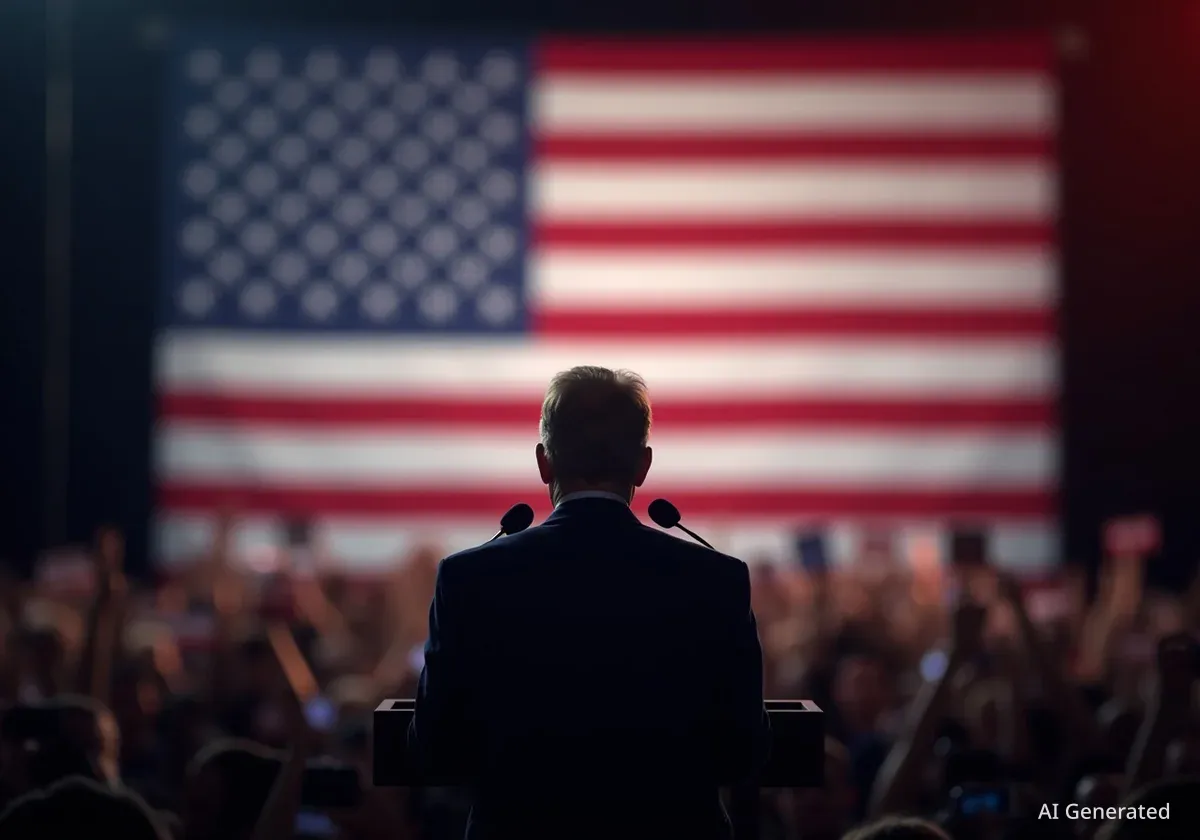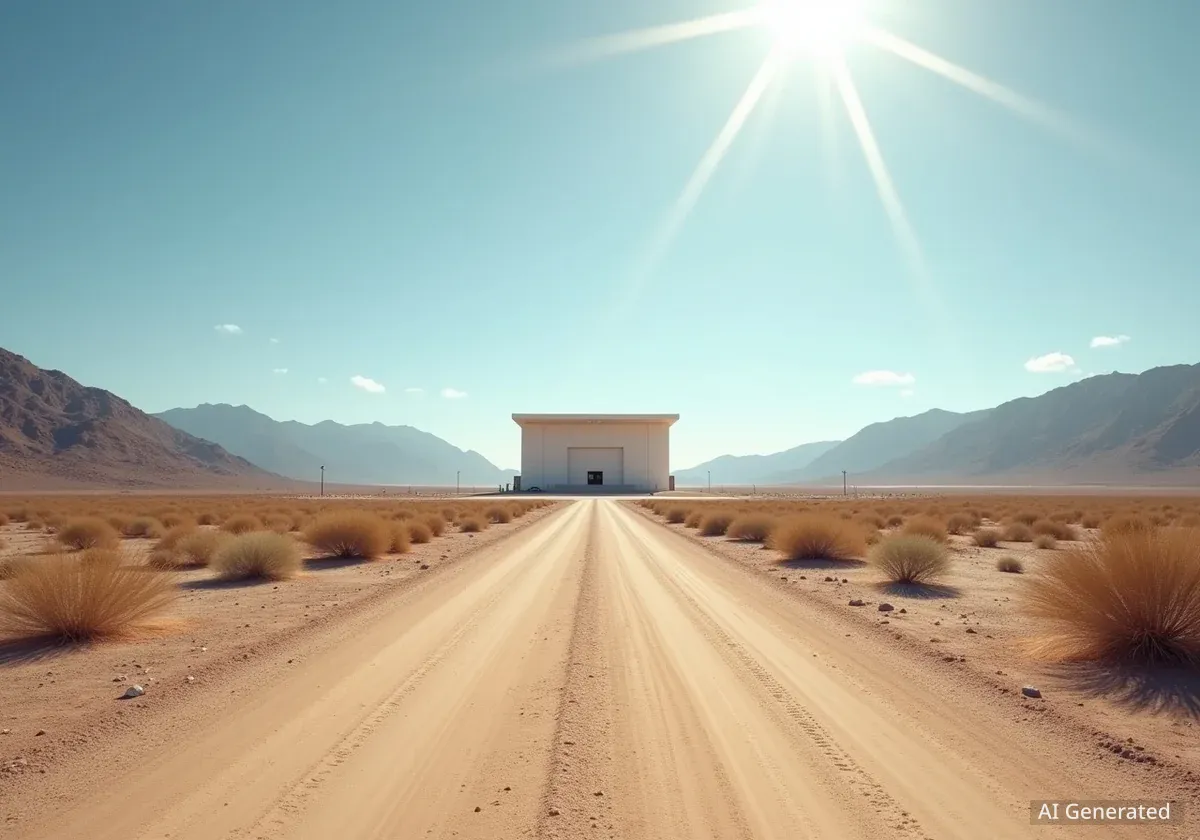A new documentary explores the life and political career of Donald Trump, examining the factors that led to his rise from real estate developer to the 45th President of the United States. The film delves into his early life, business ventures, and the political strategies that reshaped the American political landscape.
The program analyzes his initial victory in 2016 against Hillary Clinton, a result that surprised many political observers. It also explores the enduring appeal he holds for his supporters, juxtaposed with the widespread criticism he faces from opponents, making him one of the most polarizing figures in modern history.
Key Takeaways
- The documentary examines Donald Trump's journey from real estate and reality television to the U.S. Presidency.
- It analyzes his 2016 election victory and his lasting influence on the Republican party and American politics.
- The film explores the deep divisions in American society, reflected in the strong support and fierce opposition Trump inspires.
- It questions how his presidency reflects broader trends within the United States, such as the tension between progressive and conservative ideologies.
The Path to the Presidency
Before entering politics, Donald Trump was a household name, primarily known for his real estate empire and his role as the host of the reality television show "The Apprentice." His brand was built on an image of success, wealth, and decisive leadership, which he cultivated over decades in the public eye.
When he announced his candidacy for president, many dismissed it as a publicity stunt. However, his campaign tapped into a powerful current of anti-establishment sentiment across the country. He positioned himself as an outsider, ready to challenge the political norms in Washington D.C.
His campaign rallies became major media events, drawing large and enthusiastic crowds. His messaging focused on themes of national pride, economic protectionism, and a promise to "Make America Great Again." This resonated with a significant portion of the electorate who felt left behind by economic changes and disconnected from the political class.
The 2016 Election and its Aftermath
The 2016 presidential election remains one of the most significant political upsets in modern American history. Polls and pundits had widely predicted a victory for his opponent, former Secretary of State Hillary Clinton. Trump's win sent shockwaves through the political establishment and the world.
Understanding the Electoral College
In the United States, the president is not elected by a national popular vote. Instead, the election is decided by the Electoral College, a system where each state is assigned a certain number of "electors." A candidate must win at least 270 electoral votes to become president. In 2016, Donald Trump won the Electoral College with 304 votes, while Hillary Clinton won the popular vote by nearly 3 million ballots.
His victory was secured by narrow wins in several key swing states, often referred to as the "Rust Belt." These were states that had traditionally voted for the Democratic party but had experienced industrial decline. Trump's promises to bring back manufacturing jobs and renegotiate trade deals were particularly effective in these regions.
His presidency was marked by controversy and a departure from traditional political conduct. He utilized social media, particularly Twitter, to communicate directly with the public, bypassing traditional media outlets. This approach further solidified his connection with his base while often creating political firestorms.
A Nation Divided
Few figures in recent memory have highlighted the divisions within American society as starkly as Donald Trump. For his supporters, he is a strong leader who fights for the common person against a corrupt elite. They see him as authentic, unapologetic, and willing to challenge the status quo.
"To what extent is Trump a reflection of the United States — a country in transition, torn between a progressive 'look ahead' approach and a conservative return to the supposed glory days of the past?"
For his critics, he represents a threat to democratic institutions and norms. They point to his rhetoric, his policies, and the numerous scandals that have surrounded him as evidence of his unsuitability for office. This deep divide is not just political; it often extends into families, communities, and workplaces.
The documentary explores this polarization by examining the cultural and economic anxieties that have fueled both sides of the debate. It questions whether Trump is a cause of these divisions or merely a symptom of pre-existing tensions within the country.
A Polarizing Figure
Public opinion on Donald Trump has remained remarkably stable and deeply divided throughout his political career. Polling data consistently shows strong approval ratings among Republicans and equally strong disapproval ratings among Democrats, with very few people holding a neutral opinion.
Legacy and Continued Influence
Even after his presidency, Donald Trump remains a dominant force in American politics. His influence over the Republican party is substantial, and his endorsements can make or break a candidate's career within the party.
The film concludes by examining the lasting impact of his political movement. It analyzes how he has changed the nature of political communication, the priorities of the Republican party, and the way that millions of Americans view their government and the media.
The central question posed by the program is about the future of the country. It seeks to understand the forces that led to Trump's rise and what they signify about the direction of the United States in the 21st century. It frames his story as a critical chapter in the ongoing narrative of a nation grappling with its identity and its place in the world.





